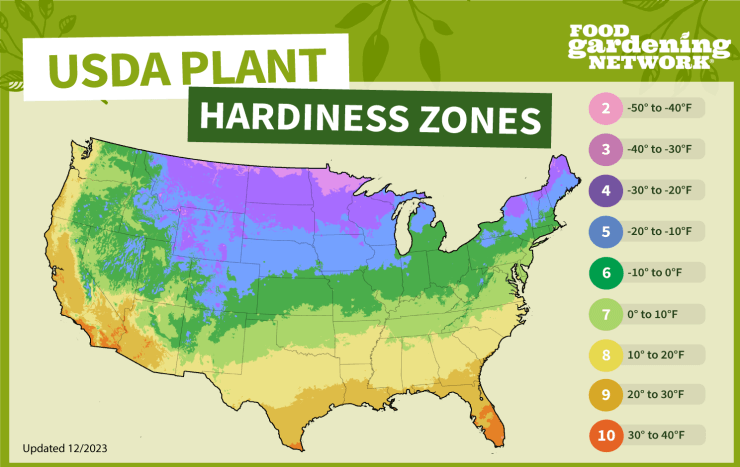Recommended Growing Zones for Ginger
- Ginger (Zingiber officinale) is a tropical/subtropical plant, so it likes warmth, humidity, and shade.
- Outdoors, it does best in USDA Zones 9–12.
- That means areas where it doesn’t freeze, because frost = instant ginger murder.
Example U.S. States in Ginger-Friendly Zones
- Zone 9: Florida (most parts), southern Texas, coastal Louisiana, parts of Arizona and California.
- Zone 10–11: South Florida (Miami and the Keys), Hawaii (ginger heaven).
- Zone 12: Only really applies to Hawaii and Puerto Rico—ginger paradise.
Basically: If your winters look like iced-over car windshields, you’re not growing ginger outdoors without a fight.
Can You Grow Ginger Indoors?
Hell yes. It’s actually perfect as a houseplant if you don’t live in the tropics:
- Container: Wide, shallow pots (ginger grows sideways, not deep).
- Soil: Rich, well-draining, slightly sandy. Think “moist cake mix,” not “mud pie.”
- Light: Bright but indirect (ginger hates being roasted by direct sun).
- Water: Keep soil moist but not swampy. If you hear frogs croaking, you’ve gone too far.
- Harvest: After 8–10 months, you can start stealing little pieces of rhizome while letting the plant keep growing.
► Fun hack: You can literally buy a fresh ginger rhizome from the grocery store, soak it overnight, and plant it. If it’s already sprouting “eyes” (little green nubs), jackpot.
Check out the USDA Plant Hardiness Zone Map and find out what zone your zip code is located in here. Or you can use our map to get a general idea of what your plant hardiness zone is.


 Previous
Previous

